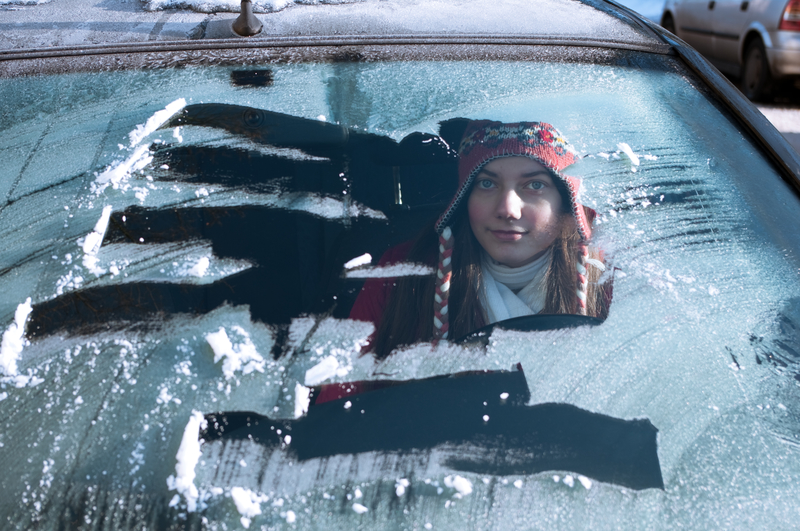Wet Weather Brings Opportunity to Teach Teen Driving Safety

Seasoned drivers bring two of the most important safety elements to vehicles–confidence and experience.
So how do you pass those traits along to young drivers in your family?
“Parents should use the changing weather conditions as an opportunity to go for a ride with their teen, to review and practice skills they’ll need to stay safe on the road,” said Kathy Bernstein, senior manager of teen driving initiatives for the National Safety Council, a non-profit advocacy group.
“Advice for staying safe on winter roads remains the same no matter who is behind the wheel,” Bernstein said, “but teenagers experiencing winter driving for the first time should get extra coaching."
Start them in a familiar setting when there’s not a lot of traffic so they don’t feel pressured to speed or make snap decisions.
“There's usually no need to tackle new territories in inclement weather until both the parents and the teen feel they are ready,” she said.
There’s no lack of tips for winter driving. Bernstein reminds drivers to use low beams in the snow or fog to reduce glare and avoid cruise control on slick roadways.
“If you hit a patch of snow or ice, the tires could lose traction but continue spinning, only to cause a spin-out once they regain grip,” she said.
Safe driving also means preparing for emergencies.
First-aid supplies, a flashlight and protein bars should be in the vehicle in case of a breakdown or crash, Bernstein said. During the winter, kitty litter and a small shovel should be included as well because the sandy mixture can provide traction to a vehicle stuck in the snow.
Bernstein offers parents and teens the following advice for safe winter driving:
- Traffic will be slower in poor weather. Leave extra time to get to where you are going and don’t try to outdrive traffic in bad weather.
- Maintain visibility. Clear all the snow and ice from the windshield and windshield wipers for the best view through your windshield.
- Keep your distance. Stay three cars lengths away from the vehicle directly in front of your car in case it skids when on snow or ice.